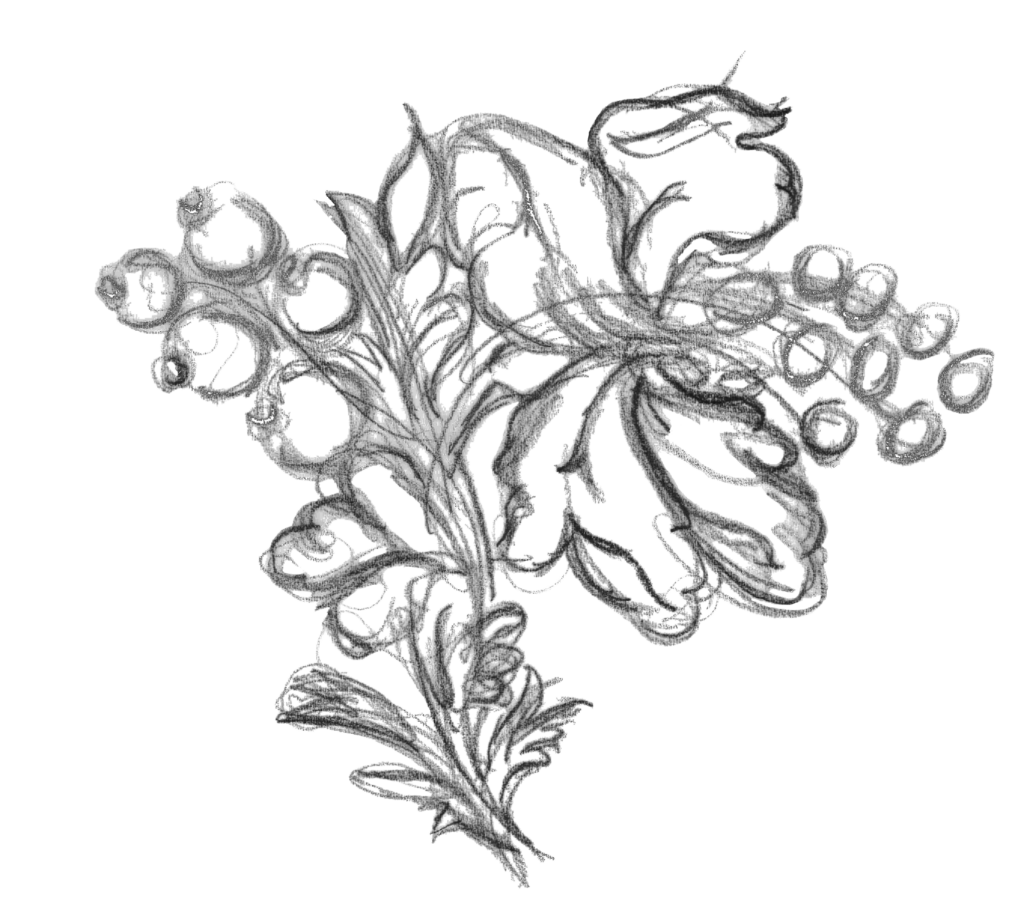In the July of 1997 we were approached by the Isabella Stewart Gardner Museum in Boston USA to reweave the Blue Room textiles and reproduce two old wall covering designs.
-
This lead to a summer of detective work and surprising discoveries.
Visit the Isabella Stewart Gardner Museum project page
The fabrics were thought to be Italian weaving’s that measured around 24 inches wide and were dated circa 1770’s. Both silk tissues used the same colours, with a heavy rich satin ground of pale blue and two figure shades of yellow and natural undyed silk. The cloths also had a linen filler weft to bind the satin ground.
There was sufficient cloth of one design for a straight forward reproduction, however, the second design had completely rotted away in the daylight years ago. All that remained was one very delicate piece of around 20% of the fabric repeat, which was impossible to read any design lines from. The only other evidence of the designs were photographs of the room taken in the 1920’s, which showed both fabrics in situ. The second design was a cornucopia pattern which although you could see in the pictures it was far too pixelated to get the pattern from.
The Boston museum had already made contact with all the worlds leading textile collections in search of this pattern without success. We were also asked if we could find the pattern in our archives. After a summer of no luck we decided to attempt to redraw as best we could from the poor pictures of the cloth in the room. Finally after much sketching Richard was able to put together a full scale painted out sketch to propose for the project. This was the best hope the museum had and they decided that compared to the photograph we had a good enough interpretation of the original design.
At this time Humphries Weaving were continuing to consult on other projects and whilst at one such meeting Richard stumbled across what he had been drawing all summer.
“In amazement he recognised the missing cornucopia pattern, as the exact one from Boston.”
This was the very same pattern in the same colouring (although the pale blue ground was a stronger shade of blue). The width of the cloth matched that of the document remains from Boston. Here was the very design that everyone had been searching for and here was a full repeat of the design seen in four screen panels.
After this exciting visit Richard contacted the museum curator in Boston, Kathy Francis.
“She was completely taken back and flew straight over to the UK on Concord.”
A visit was arranged and kindly the house agreed to loan the sample to Humphries Weaving and subsequently this replaced Richard’s sketch image, we then drafted the design and cut the Jacquard cards. The colours were matched to the Gardner museum shades and although the yellow and white figure shades were comparable, the pale blue from Boston was lighter than the blue shade discovered in England.
This raised many questions at the time. Was the fabric in the Gardner museum some from the original scheme that perhaps was sold off in an auction? Isabella Stuart Gardner was fascinated by old textiles and collected pieces wherever she visited. Perhaps she once visited this house?
The order to proceed was given in November 1997 and yarn wraps were dyed to establish recipes for the chosen matches. The cloth required 60 kilos of pure silk and linen to be dyed in the five dye lots required. This was carried out at the firm’s own dye works at Devere Mill by colourist Brian Underwood. The silk was thrown (twisted) by Elizabeth Beckett who made four thread tram and then three folded the filaments, to retain the lustre of the silk in the figuring (The linen thread weft was used as the filler to bind the satin ground of pale blue).
By the end of April 1998 all was ready to begin production of the cloth. The design drafting and Jacquard cutting of the design took 132 hours for Derek Chatten to complete. Each Jacquard card gives the instruction in binary code to create one weft insertion in the design repeat. Several hundred cards are cut from the point-paper (draft) which dictates what threads will go under or over the shuttle to form the weave structure, and create the pattern. The setting of the loom takes place to install the new warp. The weaver was Clive Nunn who wove the 108 picks (shuttle insertions) required to make each woven inch (20mm) of cloth.
“The cloth was hand woven at New Mills Braintree Essex and took 32 weeks to complete the 92 metre order.”







